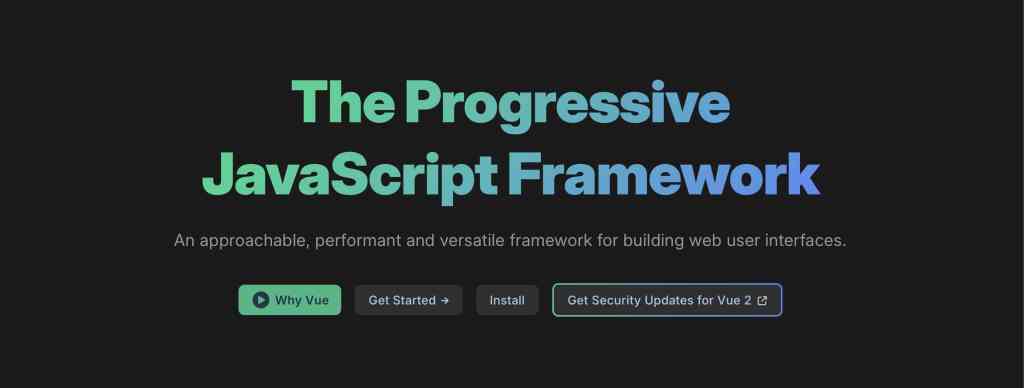What are Frontend Frameworks
Frontend frameworks are collections of pre-written code that provide a structured way to build and manage the user interface (UI) of web applications. They offer a standardized approach to design, making it easier to develop applications that are both visually appealing and functionally robust. By using a frontend framework, developers can avoid the repetitive and time-consuming task of writing boilerplate code, allowing them to focus on the unique aspects of their applications.
Benefits of Using Frontend Frameworks
Using a frontend framework offers several significant advantages:
- Efficiency and Speed: Frameworks provide pre-built components and templates, which help speed up the development process.
- Consistency: They ensure a consistent look and feel by following a standardized set of design and coding principles.
- Maintainability: Code that is structured and organized according to the framework's guidelines is easier to maintain and update.
- Scalability: Frameworks often come with built-in tools to manage the growth and expansion of applications.
- Community Support: Popular frontend frameworks have large communities that contribute to extensive documentation, libraries, and plugins.
Popular Frontend Frameworks
Here is an overview of some of the most popular frontend frameworks used today:
React
React is a JavaScript library developed by Facebook for building user interfaces. It allows developers to create large web applications that can update and render efficiently in response to data changes. React is known for its component-based architecture and virtual DOM.

- Component-Based: React's component-based structure means every part of the UI is encapsulated as a component, which simplifies the development and testing processes.
- Virtual DOM: React uses a virtual DOM to improve performance by updating only the parts of the UI that have changed.
- JSX: React integrates JavaScript with HTML through JSX, making the code more readable and easier to write.
Vue.js
Vue.js is an open-source JavaScript framework for building user interfaces and single-page applications. Created by former Google engineer Evan You, Vue is designed to be versatile and incrementally adoptable.

- Incremental Framework: Vue can be used for developing small components or complex single-page applications.
- Reactivity System: Vue's reactivity system ensures that the UI automatically updates when the underlying data changes.
- Component-Based: Like React, Vue is also component-based, making it easy to organize and manage the code.
Choosing the Right Frontend Framework
Selecting the right frontend framework depends on several factors, including the project requirements, team expertise, and future scalability needs. Here are some considerations:
- Project Size and Complexity: Large, complex projects might benefit more from robust frameworks like React or Vue.js, whereas smaller projects may only need a lightweight solution.
- Learning Curve: Some frameworks have a steeper learning curve than others. Assess the team's familiarity with the framework and the availability of learning resources.
- Community and Ecosystem: A large and active community can provide valuable support, libraries, and plugins that can be crucial for the project’s success.
Examples of Frameworks Use Cases
- React: Widely used by companies like Facebook, Instagram, and Airbnb, React is suitable for high-traffic applications that require efficient rendering.
- Vue.js: Vue is popular with startups and companies like Alibaba and Xiaomi due to its simplicity and flexibility, making it ideal for both small-scale and large-scale applications.
Future Trends in Frontend Frameworks
As web development continues to evolve, so do frontend frameworks. Here are some emerging trends:
- Server-Side Rendering (SSR): Frameworks like Next.js for React and Nuxt.js for Vue enable server-side rendering, improving performance and SEO.
- Static Site Generators (SSG): Tools like Gatsby for React offer static site generation, providing the benefits of dynamic user experiences with the performance of static sites.
- TypeScript Integration: TypeScript, a statically-typed superset of JavaScript, is being increasingly integrated into frontend frameworks for better type safety and developer experience.
Conclusion
Frontend frameworks like React and Vue.js play a pivotal role in modern web development by providing the tools needed to create dynamic, responsive, and maintainable user interfaces. Understanding the advantages and use cases of these frameworks can help developers choose the right tool for their projects, ultimately leading to more efficient and scalable applications.